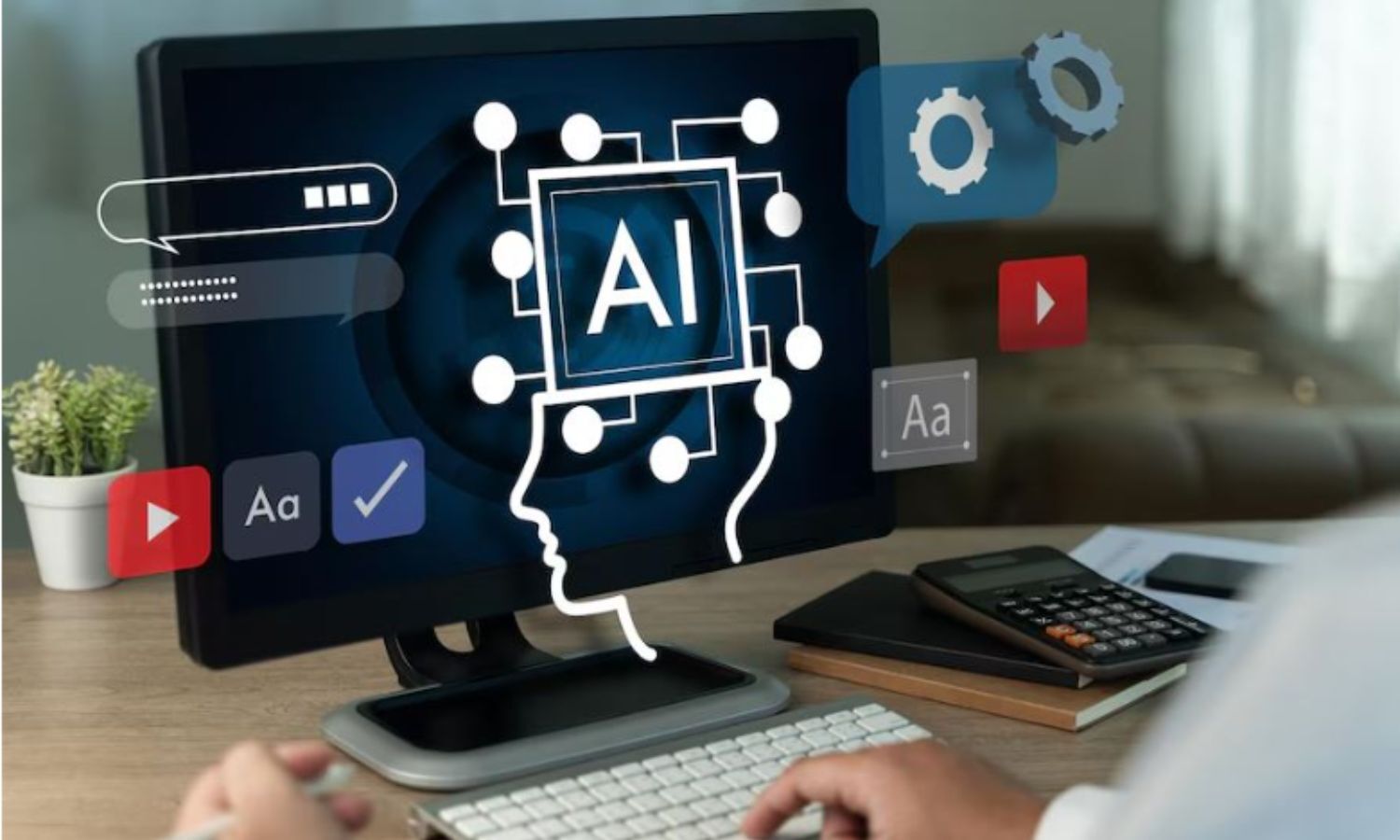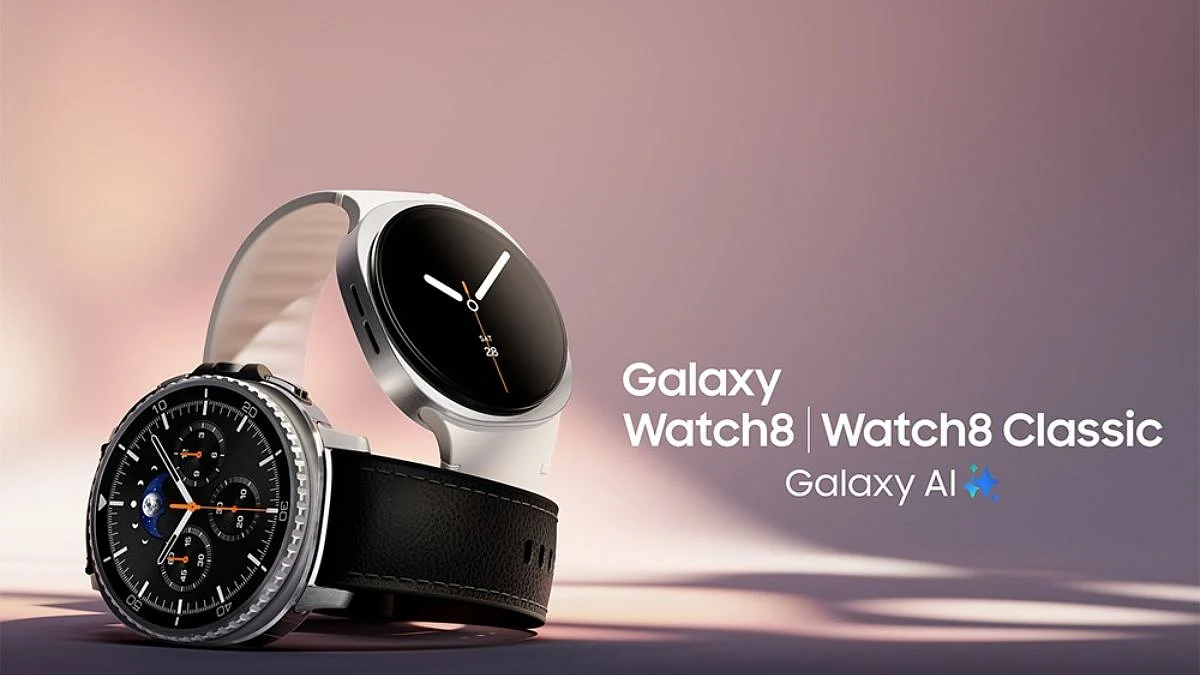Summary
Samsungs Galaxy Unpacked 2025, held in New York, showcased a full lineup of next-gen foldables, wearables, and AI-powered innovations. The event marked the global debut (including India) of the Samsung Galaxy Z Fold 7,
Source: Free Press Journal
Exclusive AI-Powered News Insights (For Members only)
Disclaimer:This content is AI-generated from various trusted sources and is intended for informational purposes only. While we strive for accuracy, we encourage you to verify details independently. Use the contact button to share feedback on any inaccuracies—your input helps us improve!





